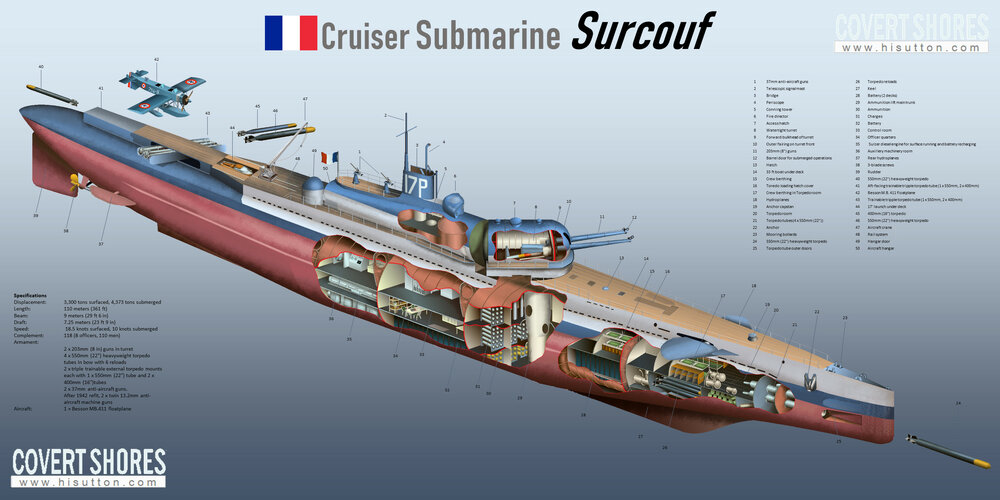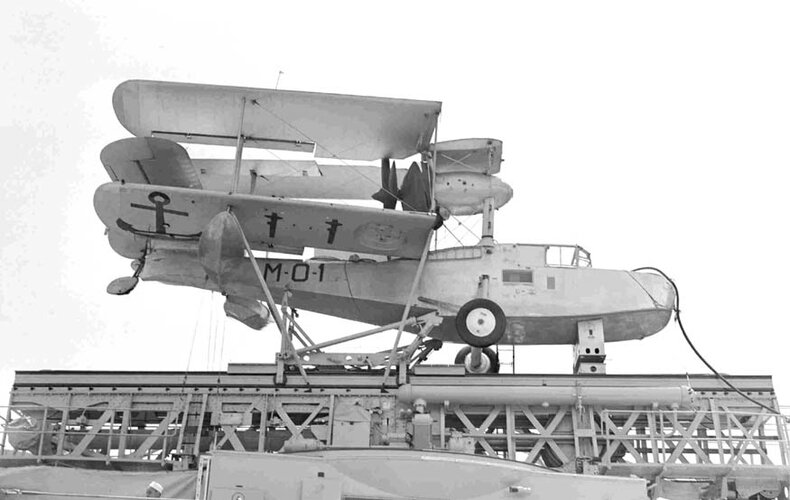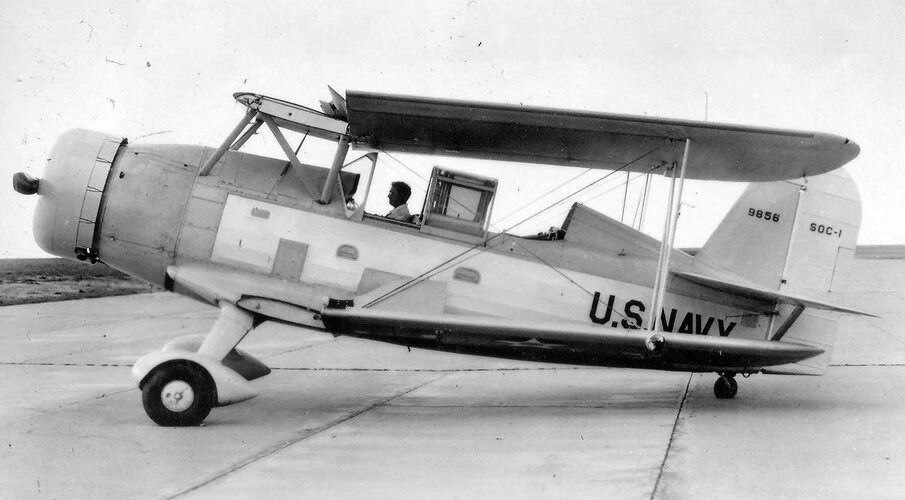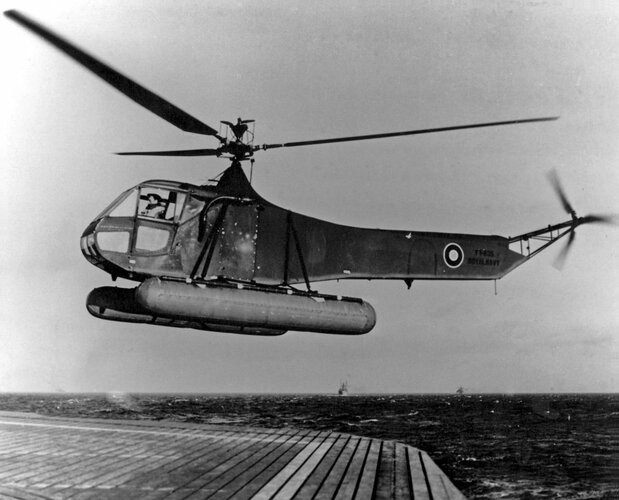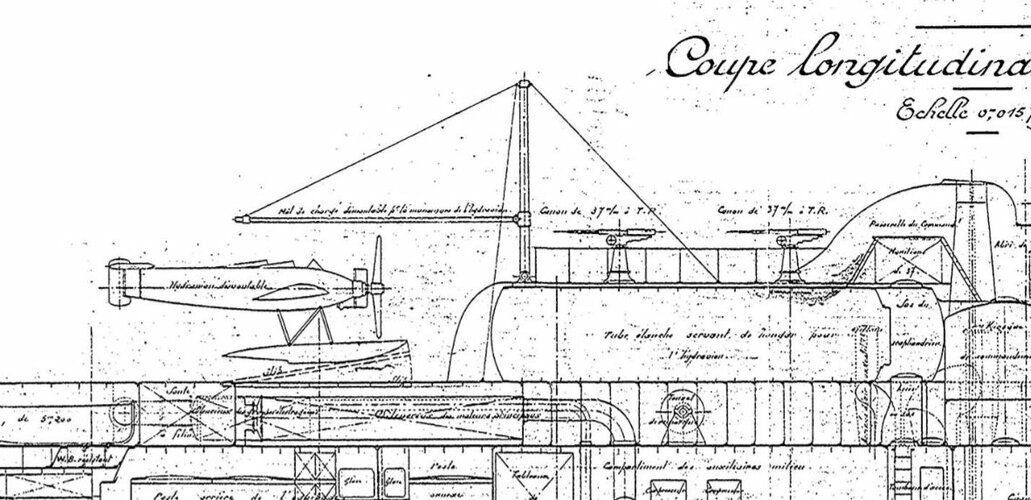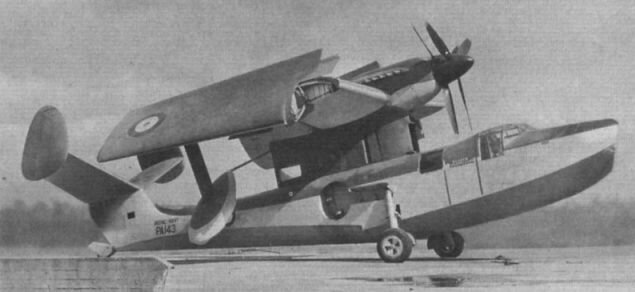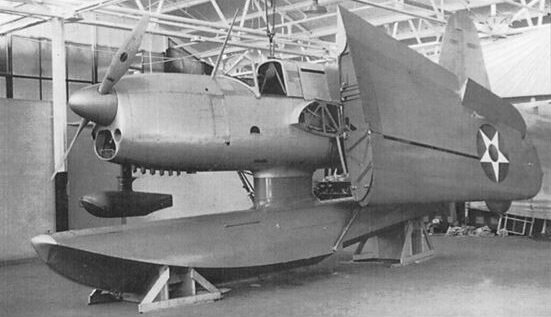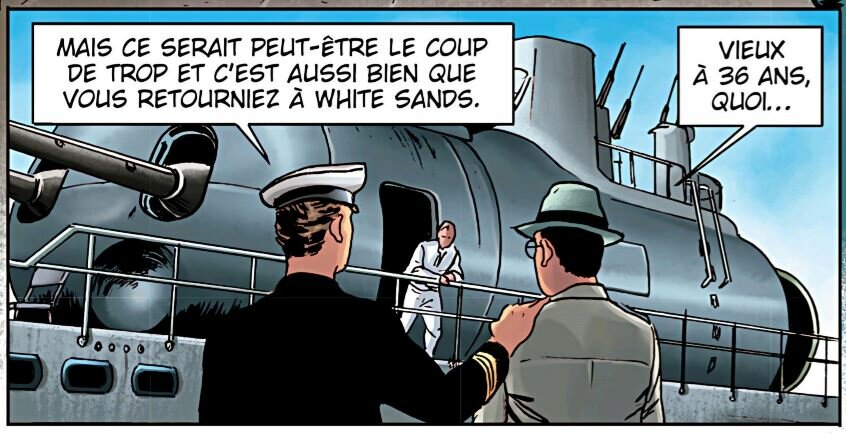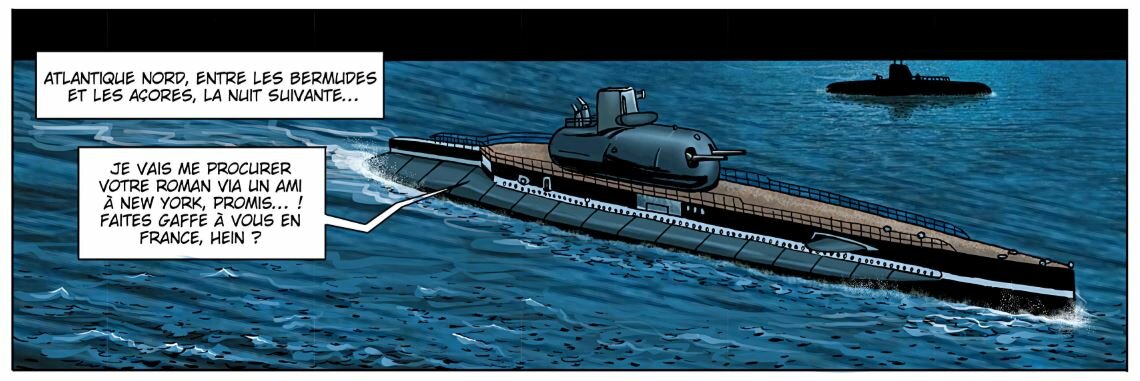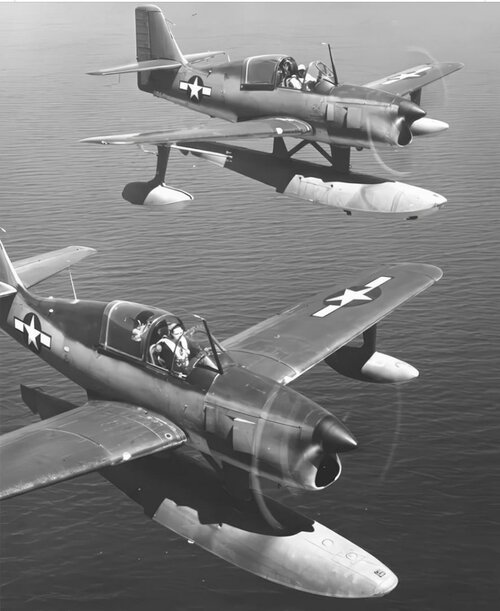F.L.
ACCESS: Top Secret
As a big fan of the French submarine Surcouf, I wonder what would have happened if he had fought in WWII and survived the war.
My two questions are:
What impact would this have had on the Pacific War ?
And what would have been his post-war service? How can we modernize it so that it can serve as long as possible ?
When he set off on the journey that would prove fatal, the Besson MB-411 seaplane remained in England. If it had reached the Pacific, which aircraft could have replaced it ?
And after the war ? In the 45/55 (propeller plane) period and beyond (jet or helicopter) ?


My two questions are:
What impact would this have had on the Pacific War ?
And what would have been his post-war service? How can we modernize it so that it can serve as long as possible ?
When he set off on the journey that would prove fatal, the Besson MB-411 seaplane remained in England. If it had reached the Pacific, which aircraft could have replaced it ?
And after the war ? In the 45/55 (propeller plane) period and beyond (jet or helicopter) ?
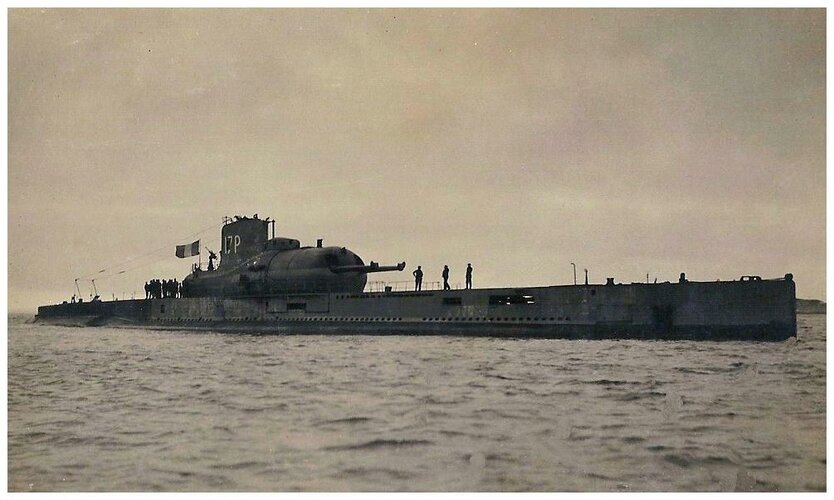
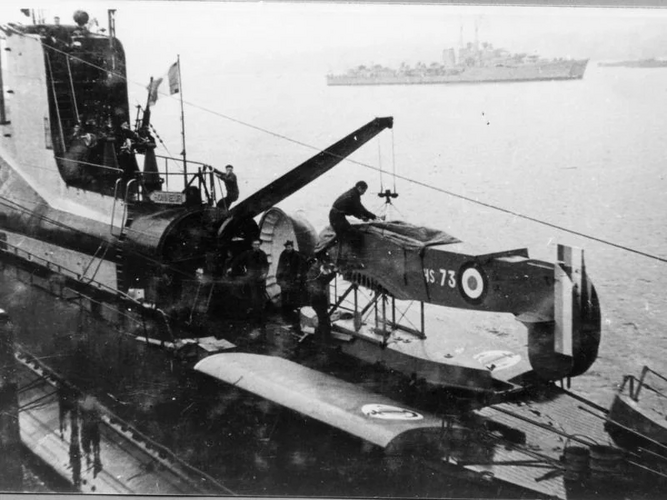
Last edited:

